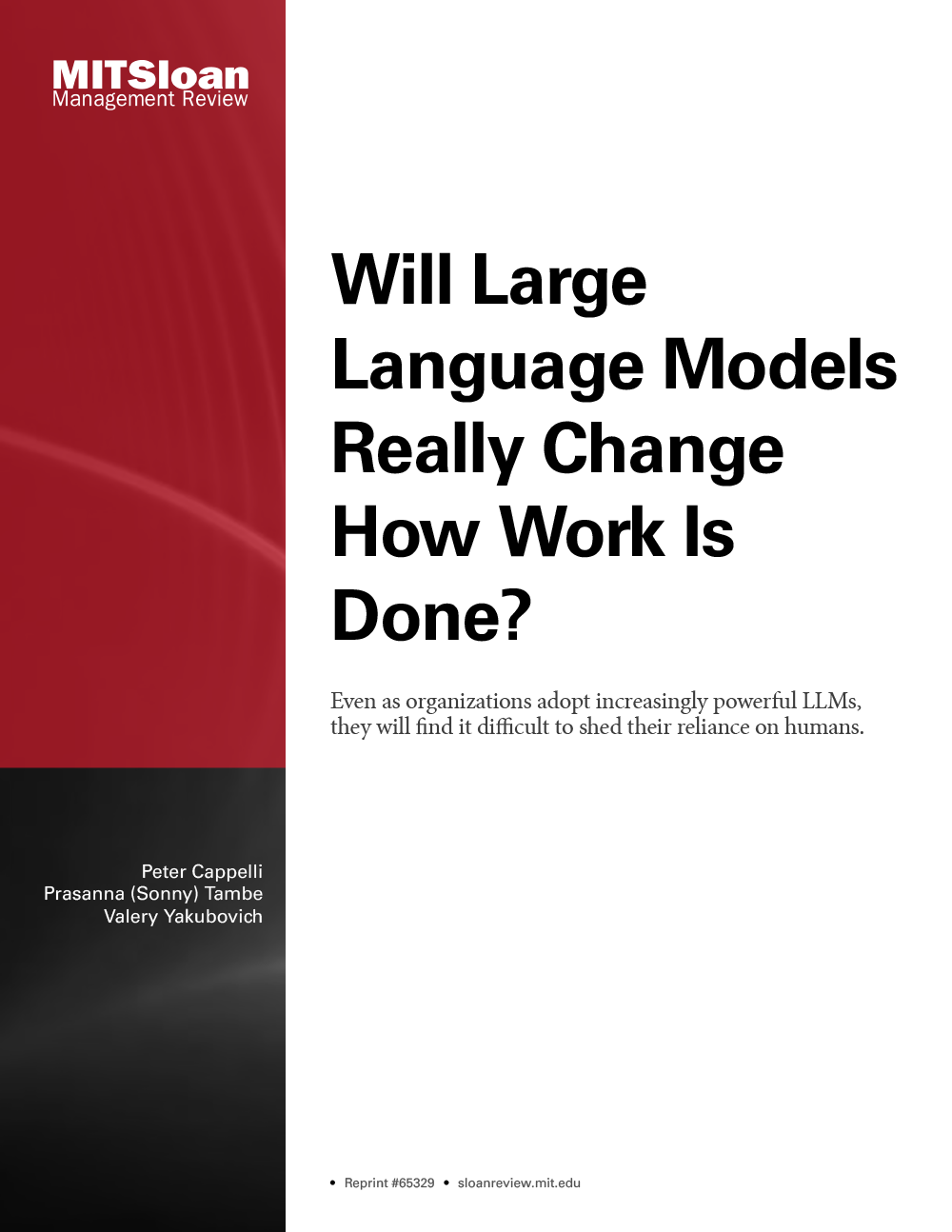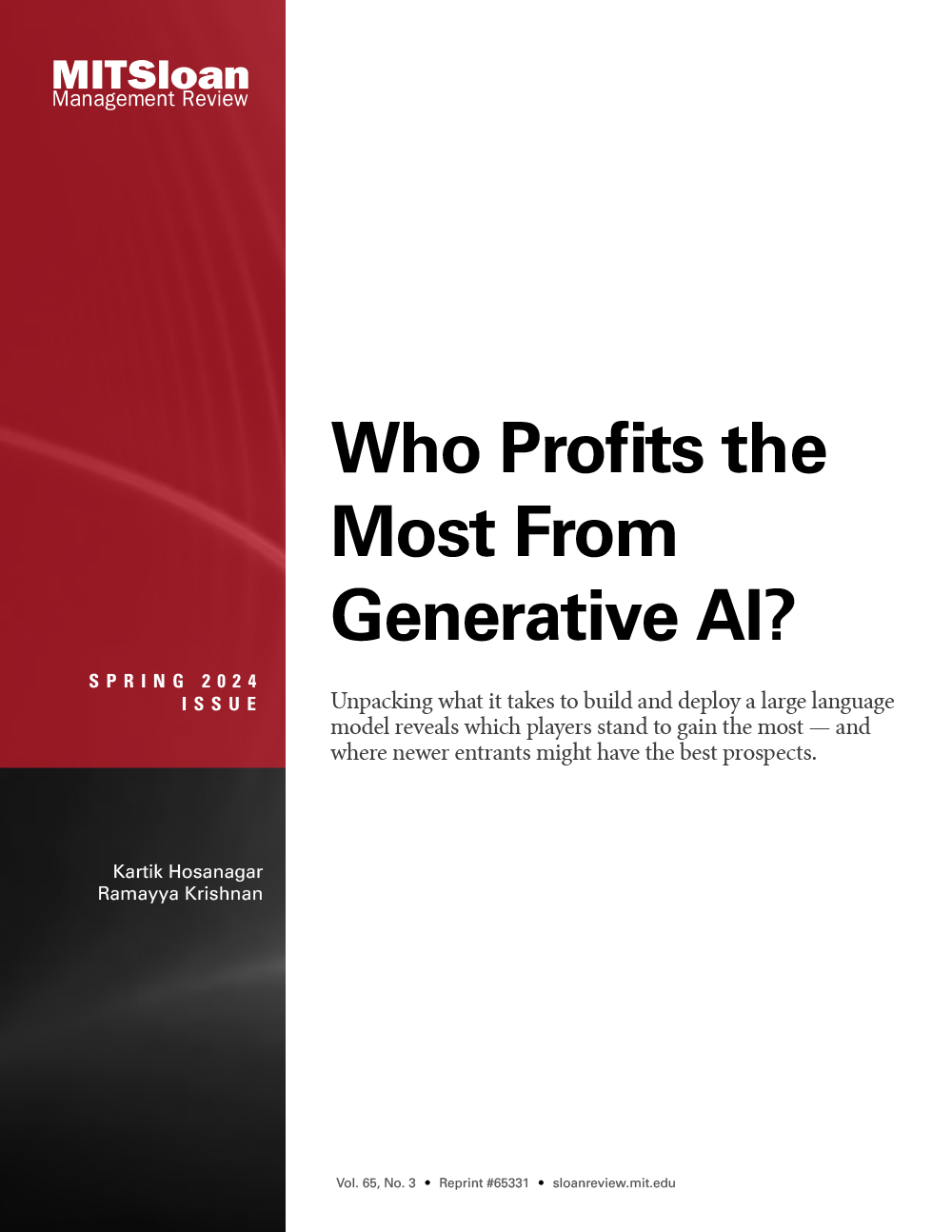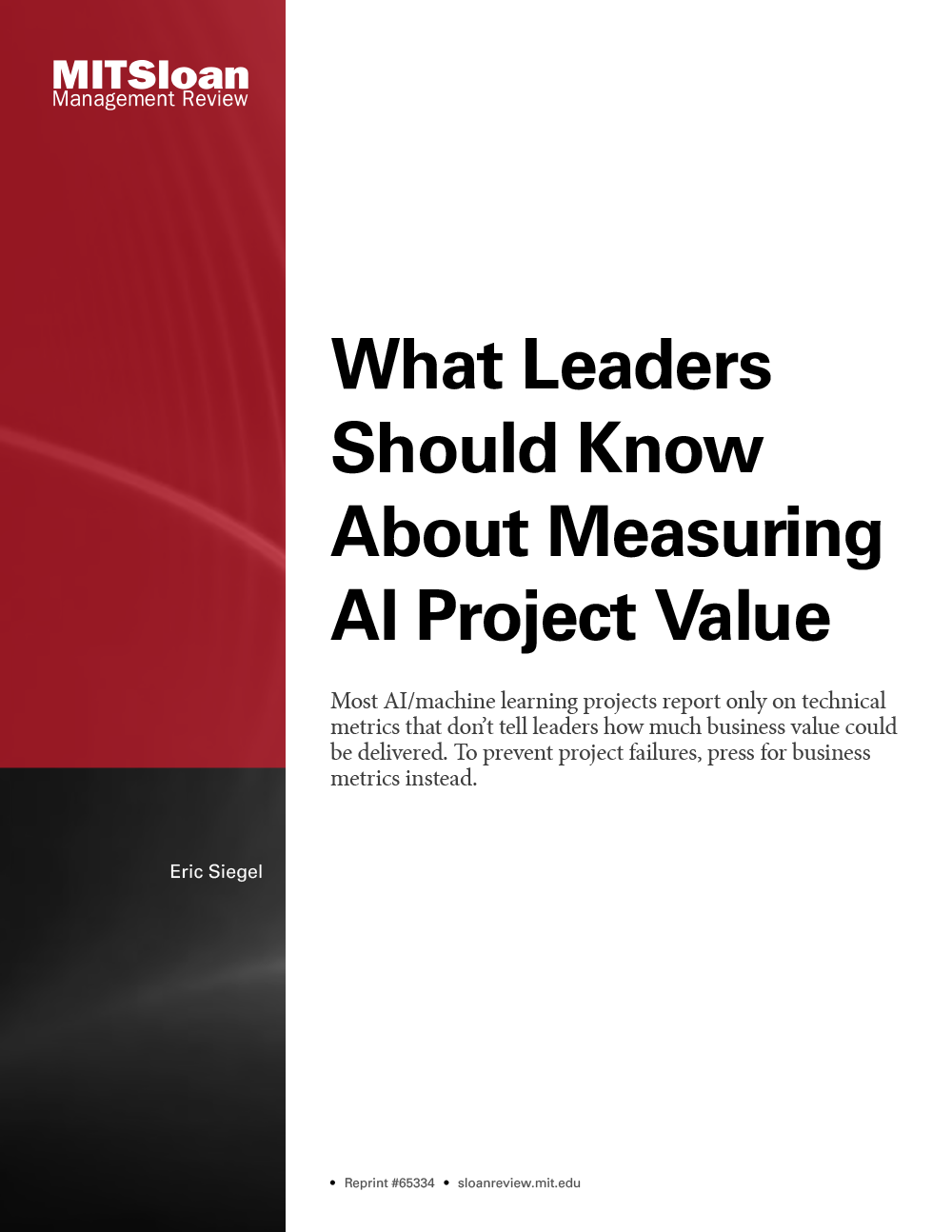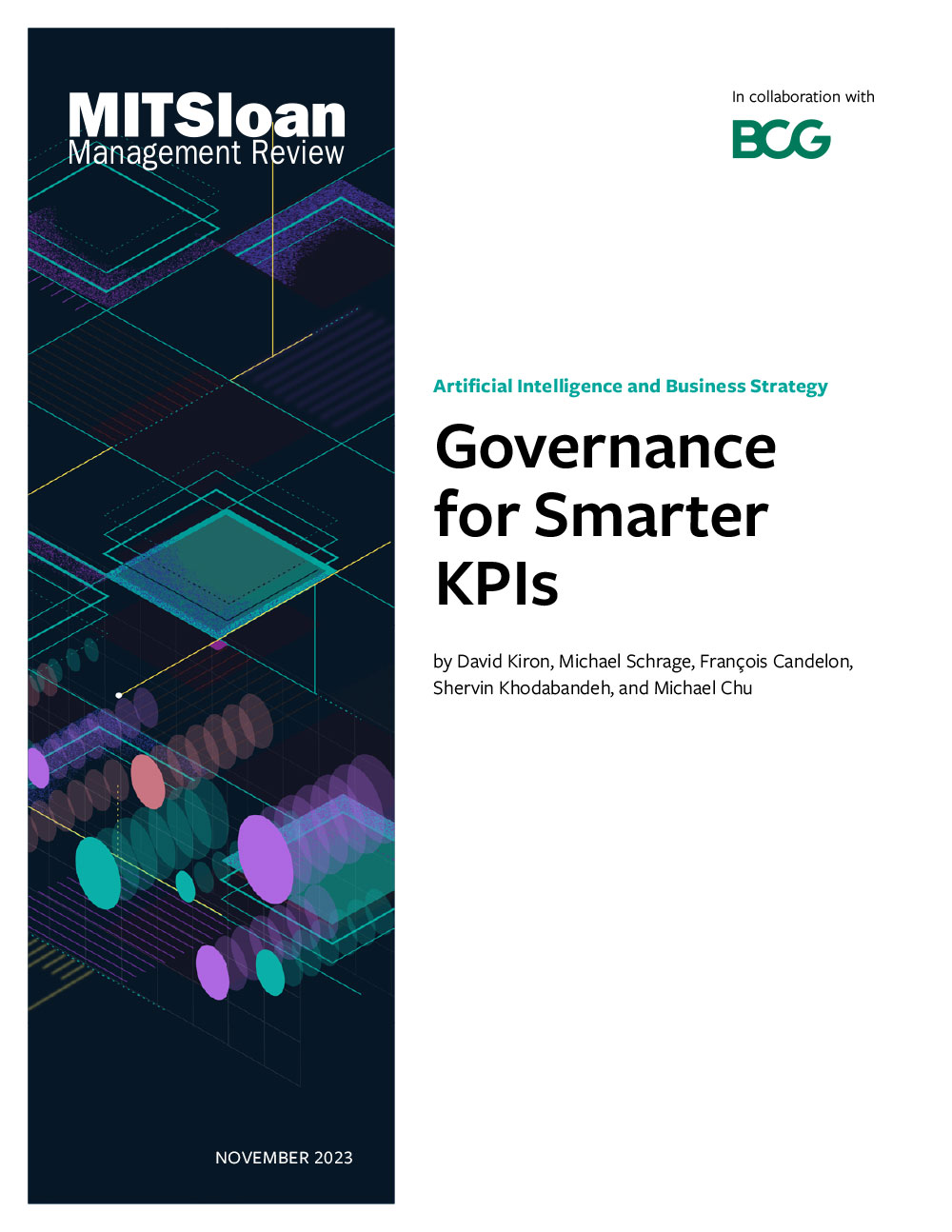LLMs have immense capabilities but present practical challenges that require human knowledge workers’ involvement.
Data, AI, & Machine Learning
Page 3 of 29
-
The Future of Strategic Measurement: Enhancing KPIs With AI
Smart organizations need smarter KPIs. This report outlines how leaders can create and capture value from smart KPIs.
-
Who Profits the Most From Generative AI?
Analyzing factors behind generative AI’s value can help leaders determine who will benefit most from its growth.
-
What Leaders Should Know About Measuring AI Project Value
When deciding whether to deploy a machine learning model, focus on business metrics, not technical ones.
-
What Managers Should Ask About AI Models and Data Sets
Is your AI project using the right data, and is it set up to succeed? Ask the right questions to head off failure.
-
Tackling AI’s Climate Change Problem
Large AI models are big energy consumers and carbon emitters. Sustainable AI practices can reduce their environmental impact.
-
The Working Limitations of Large Language Models
Understanding large language models’ limitations can help users discern which tasks they are and are not well suited for.
-
The Rise of Connector Roles in Data Science
Employees in connector roles can bridge the gaps between departments that often thwart data science project success.
-
Use Open Source for Safer Generative AI Experiments
The public availability of generative AI models, particularly large language models (LLMs), has led many employees to experiment with new use cases, but it also put some organizational data at risk in the process. The authors explain how the burgeoning open-source AI movement is providing alternatives for companies that want to pursue applications of LLMs but maintain control of their data assets. They also suggest resources for managers developing guardrails for safe and responsible AI development.
-
Governance for Smarter KPIs
Effective governance enables KPIs to evolve, remain aligned with strategic goals, and gain workers’ and managers’ trust.












